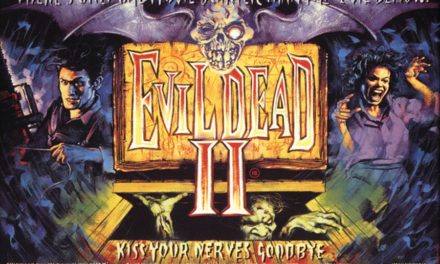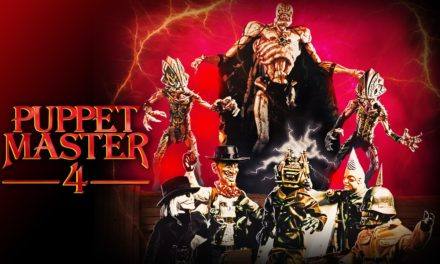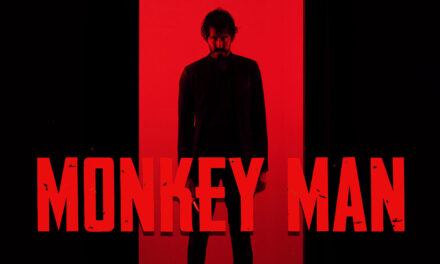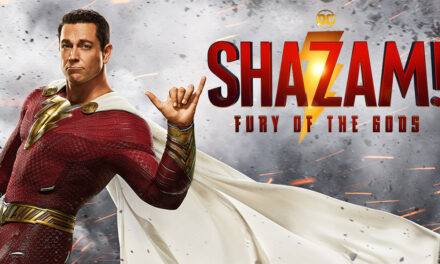In 1897, Irishman Bram Stoker published Dracula, a novel that, while not a hit upon release, has become a classic. Since its publication, Stoker had always wanted the book to be readapted, having tried adapting it to stage that year. With the birth of cinema came the first film adaptation of the novel called Dracula’s Death in 1921 from Hungary. Sadly, the film has since been lost, but probably the most famous early adaptation was F. W. Murnau’s Nosferatu. Released in 1922, the filmmakers were sued by Bram Stoker’s widow for copyright infringement and had it pulled from circulation. Flash forward to 1928 when Carl Laemmle, Jr. inherited Universal Studios from his father, founder Carl Laemmle, Sr. Seeing the box office potential and being a horror fan, Laemmle, Jr. decided to film a big-budget and ambitious adaptation. So, in February of 1931, Dracula was released to an unsuspecting public.
%
Rating
Synopsis
Renfield (Dwight Frye) is traveling to Transylvania on a business matter but is warned by the locals not to go. They believe the occupant of the castle he’s traveling to is a vampire, but Renfield ignores them and continues forward. At the castle, he meets Count Dracula (Bela Lugosi), who recently acquired some property in London where he’s moving to. Dracula turns Renfield into his lunatic slave, having him hide him in a coffin aboard a schooner headed for England. Upon arrival, Renfield is sent to a mental institution and is watched over by Dr. Seward (Herbert Bunston). Meanwhile, Dracula meets Seward, his daughter Mina (Helen Chandler), Mina’s fiance Johnathan Harker (David Manners), and friend Lucy (Frances Dade). Dracula takes an interest in both ladies, but soon Professor Van Helsing (Edward Van Sloan) becomes suspicious after seeing Renfield. Will Van Helsing stop him, and who will be Dracula’s next victim?
Review
While tame by today’s standards, it’s easy to see how Dracula started such a long and celebrated film series. For one, Tod Browning’s direction is impeccable, using slow zooms and static shots that give the film an eerie feeling. This is largely thanks to cinematographer Karl Freund, who previously worked with F. W. Murnau and Fritz Lang. The production design is likewise impressive, the sets and locations looking realistic while also having an almost theatrical look. Though there isn’t a score, the use of Swan Lake is a nice touch, adding to the sense of dread. At the same time, the fact that there isn’t any music for much of it adds a certain dreamlike quality. However, things like the lack of music can also make the film feel longer than it actually is. Thankfully, the film is a brisk 85 minutes long, so it doesn’t overstay its welcome.
Of course, the most memorable thing about the film and why it’s still so iconic is Bela Lugosi’s performance. Given that he had to learn his lines phonetically since he didn’t speak much English, he does a great job. He has a very suave and charismatic presence, while also being sinister and seeming a bit off at times. He also has a very hypnotic stare, which the filmmakers make sure to emphasize, that can leave you mesmerized. Dwight Frye also delivers a solid performance as the manic Renfield, and Edward Van Sloan is solid as Van Helsing. The rest of the acting, while not bad, is pretty typical for the 1930s, so take that as you will. Obviously, most modern audiences will probably get bored by this, but it’s still a must-watch for anyone interested in horror. Overall, Dracula is a phenomenal start to a long-standing franchise.
Buy Dracula from Amazon: https://amzn.to/2F11nx6




